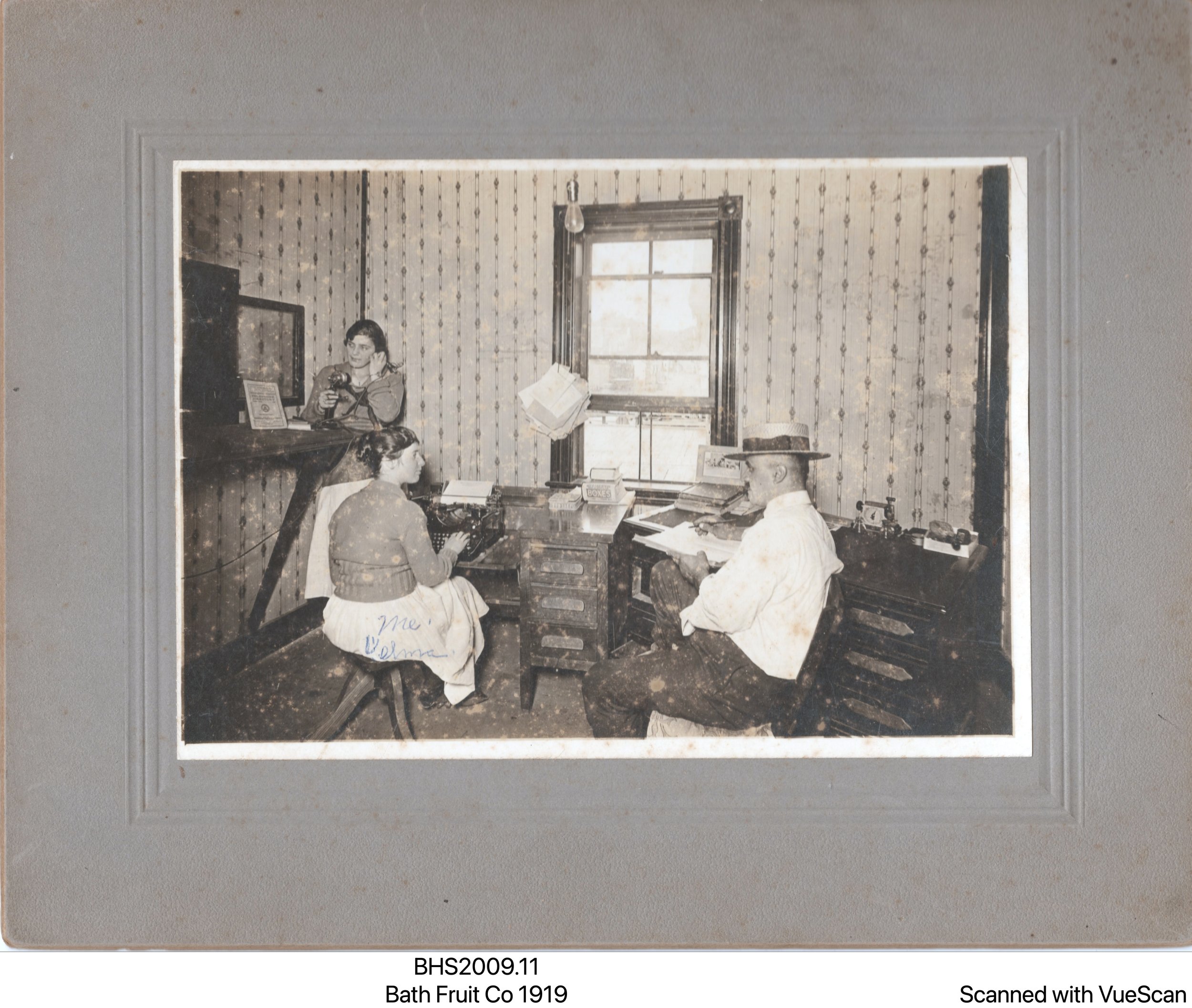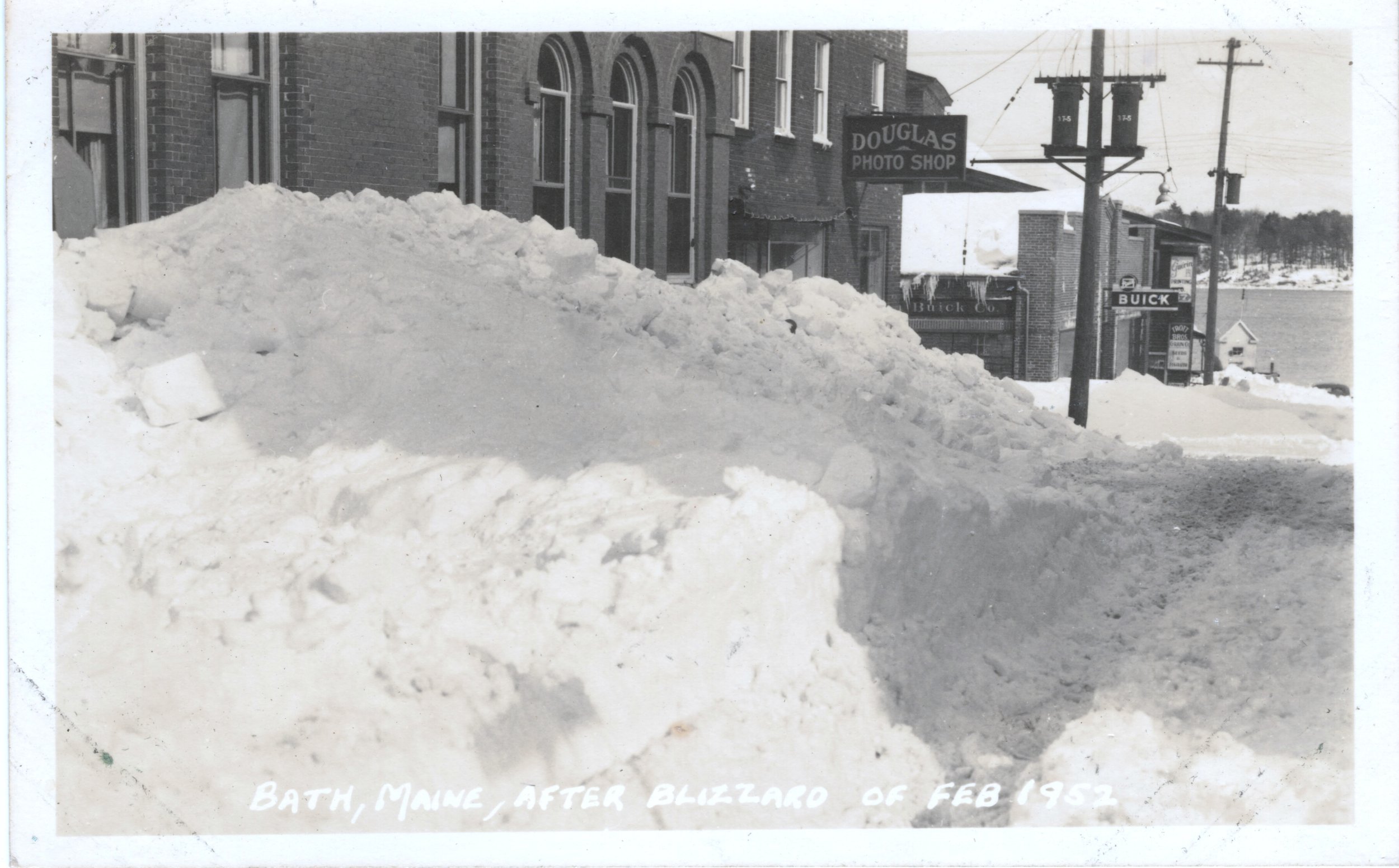A Brief History
Bath, Maine - the City of Ships
The area along the Kennebec River we now know as Bath was originally inhabited by the Red Paint People and the People of the Dawn (Abnaki of the Algonquian group). It was visited by European explorers and fishermen starting in the sixteenth century and was known among them as Long Reach owing to the 4-mile straight stretch of river that provided good anchorage and landing.
The first European settlers began arriving in 1640, but were driven out repeatedly by conflicts with native people until a period of settlement began again in earnest in 1724. In 1738, Long Reach was included in the incorporation of Georgetown. The settlement on the west side of “the reach” became the “Second Parish of Georgetown” in 1753, and then was incorporated as the town of Bath in 1781.
The name “Bath” was selected because of a possible connection to Bath, England, a small but famous, fashionable town undergoing a building boom of fabulous architecture, and perhaps also due to family connections of some of the leading citizens with that Old World city.
(Pictured: Sagadahoc County Courthouse.)
The City of Ships Shipbuilding and its related businesses and industries have been mainstays in Bath since the mid-eighteenth century. This heritage continues today at Bath Iron Works, one of the nation’s leading shipbuilders for the U.S. Navy.
Bath, Maine, received its city charter in 1847. Bath was in York County until 1760, then in Lincoln County until 1854, when Sagadahoc County was formed. Bath is now the seat of Sagadahoc County.
Bath Today The National Trust for Historic Preservation presented Bath with its President’s Award in 1977 in recognition of the city’s restoration efforts. The historic district provides many examples of fine nineteenth century architecture and Front Street, with its brick walks and iron lamps, adds a touch of nostalgia to a small-city shopping and dining experience.
The wide, swift flowing Kennebec River provides a beautiful backdrop to Waterfront Park along Commercial Street. A landing is provided for sea-going visitors and is close to shops and restaurants on Front Street.
Edited and excerpted from “History of Bath, Maine” by Peter Goodwin and Robin A. S. Haynes.

Governor Ralph Brewster prepares to cut the ribbon for the opening of the Carlton Bridge in 1927; Harbor View Hotel in background. BHS2010.7

At work at the Bath Fruit Company, Commercial Street, 1919. BHS2009.11

After a 1952 blizzard, looking east toward the Kennebec River from Front Street. BHS2020.31
